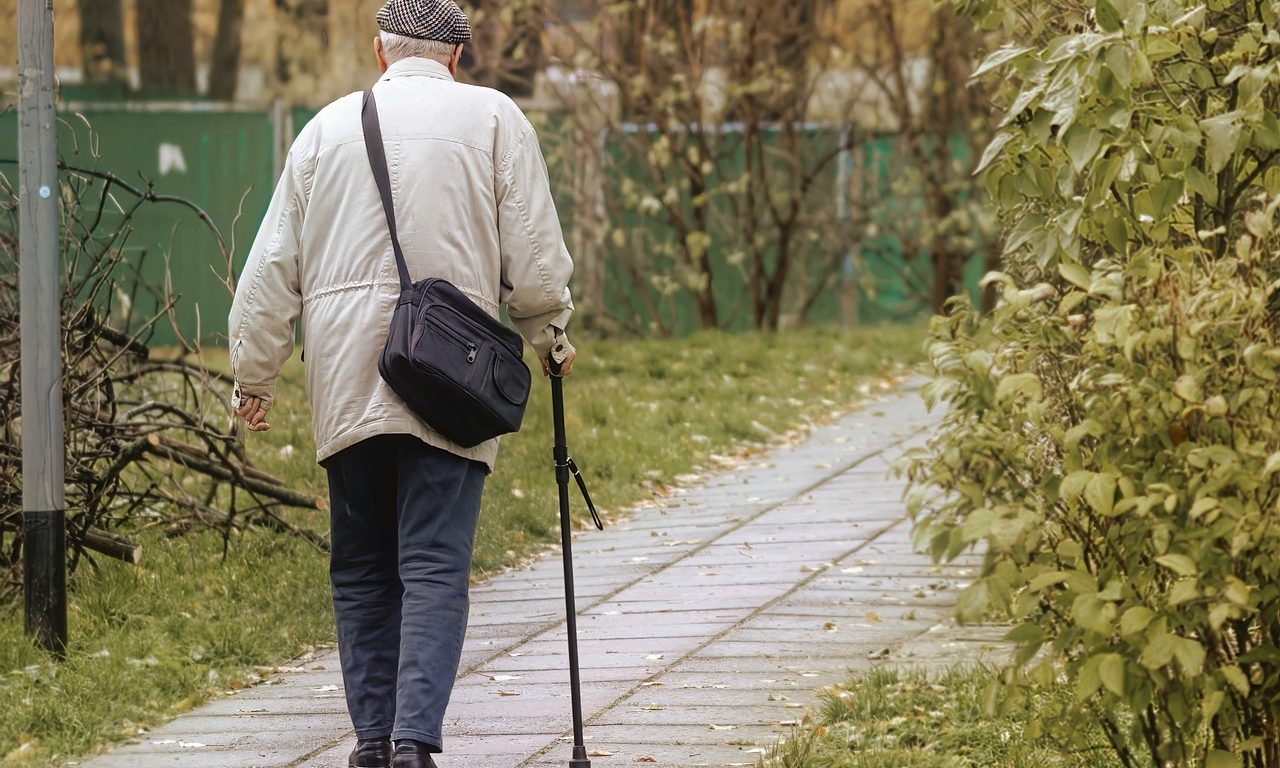In 2022, a group of researchers (Shepherd et. al.) conducted a systematic review of literature to investigate the relationship between manual therapy dosage and improved outcomes in patients with hip osteoarthritis, and to provide evidence-based recommendations for optimal dosing of manual therapy in this population.
They searched three databases (PubMed, CINAHL, and OVID) for relevant randomised controlled trials and examined the papers for possible biases. The effect sizes of the manual therapy interventions were computed by the authors after they collected data on pain, disability, and quality of life outcomes.
The objectives of the systematic review were: 1) to examine if there is an association between manual therapy dosage and improved outcomes in patients with hip osteoarthritis and 2) to offer recommendations for the optimal dosing of manual therapy for patients with osteoarthritis based on the results from this review.
A total of three researchers conducted a review of the studies included in the analysis to assess the possibility of bias. They extracted data regarding specific outcome measures on pain, disability, and quality of life, using pre-determined criteria. Using the mean values and standard deviations of the outcome measures at the start and end points, the reviewers calculated the magnitude of the differences between and within groups.
Ten studies totaling 768 participants were included in the final analysis after careful examination. Five of these studies were reported to have a high risk of bias. The following trends emerged from the data collected from the studies included in this review: 1) Mobilization with movement was found to be useful in reducing pain and improving range of motion; 2) Graded mobilisation showed limited results; and 3) Techniques such as long-axis distraction, mobilisation, and thrust manipulation yielded significant results. Sessions lasting 10 to 30 minutes, two to three times a week, for a period of two to six weeks, were the most frequently studied treatment parameters.
The results showed varying levels of effectiveness in reducing pain, improving function, and enhancing quality of life for both thrust and non-thrust mobilizations, as well as mobilization with movement into hip flexion and internal rotation. However, the heterogeneity in the effects of manual therapy dosage makes it challenging to provide specific dosing recommendations for individuals with hip osteoarthritis.
Reference:
Shepherd, M. H., Shumway, J., Salvatori, R. T., Rhon, D. I., & Young, J. L. (2022). The influence of manual therapy dosing on outcomes in patients with hip osteoarthritis: a systematic review. Journal of Manual & Manipulative Therapy, 30(6), 315-327.
